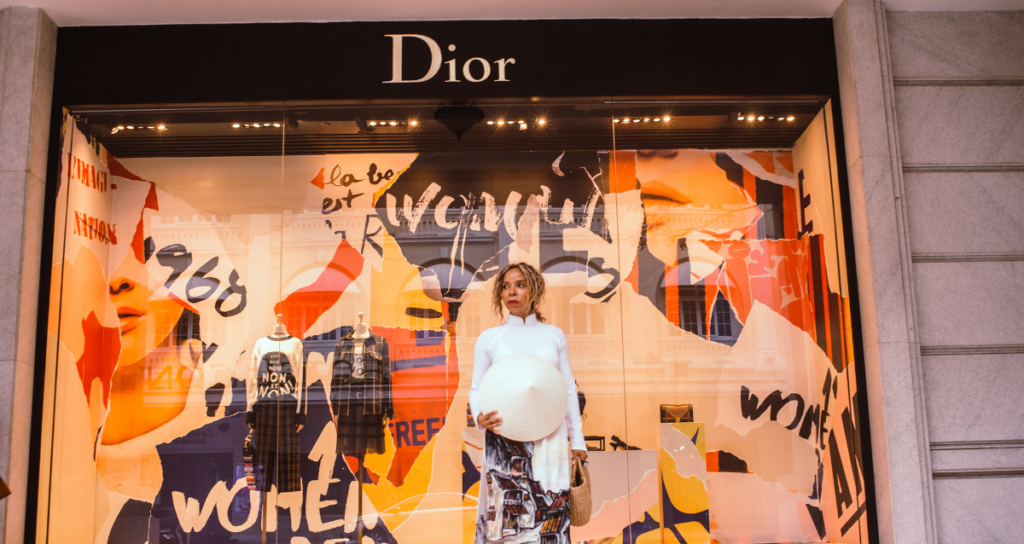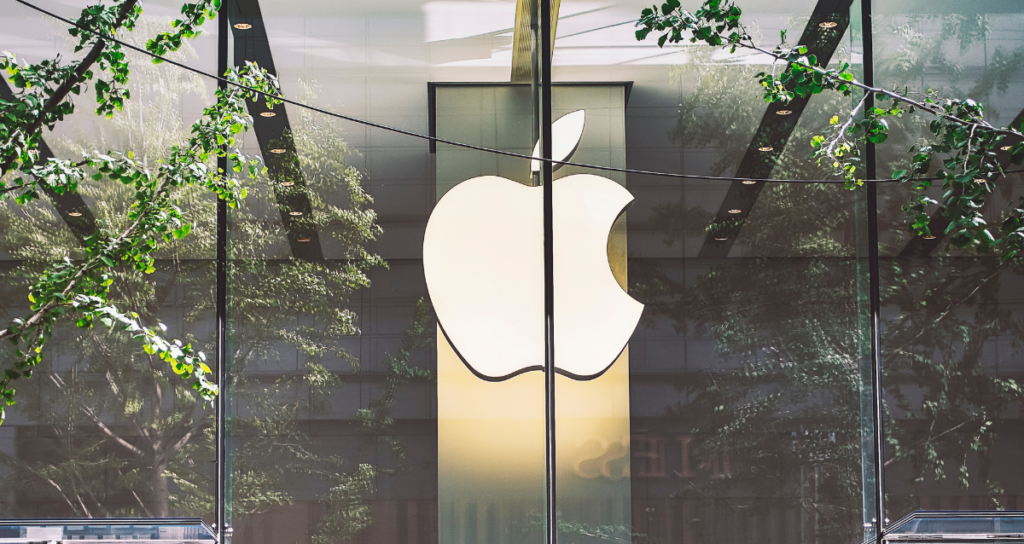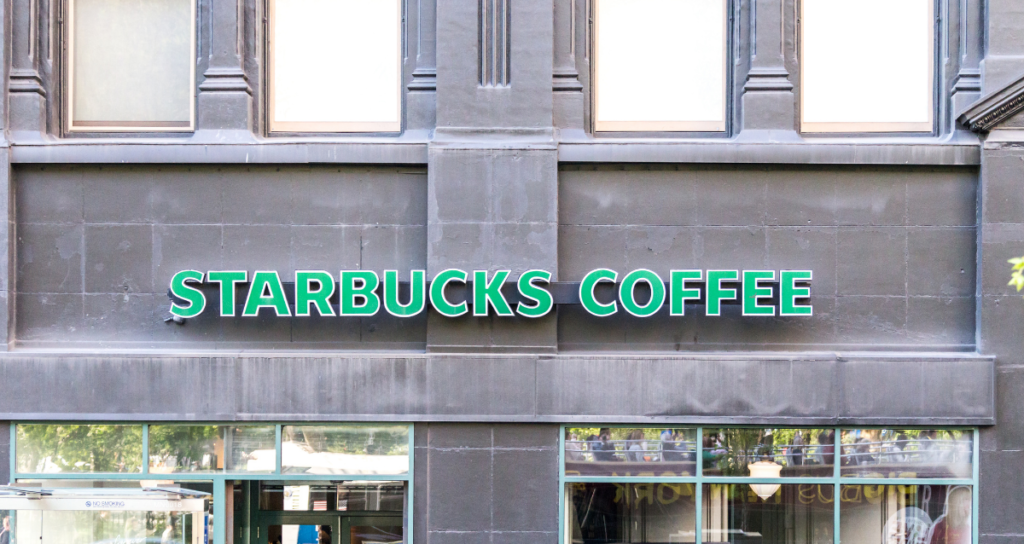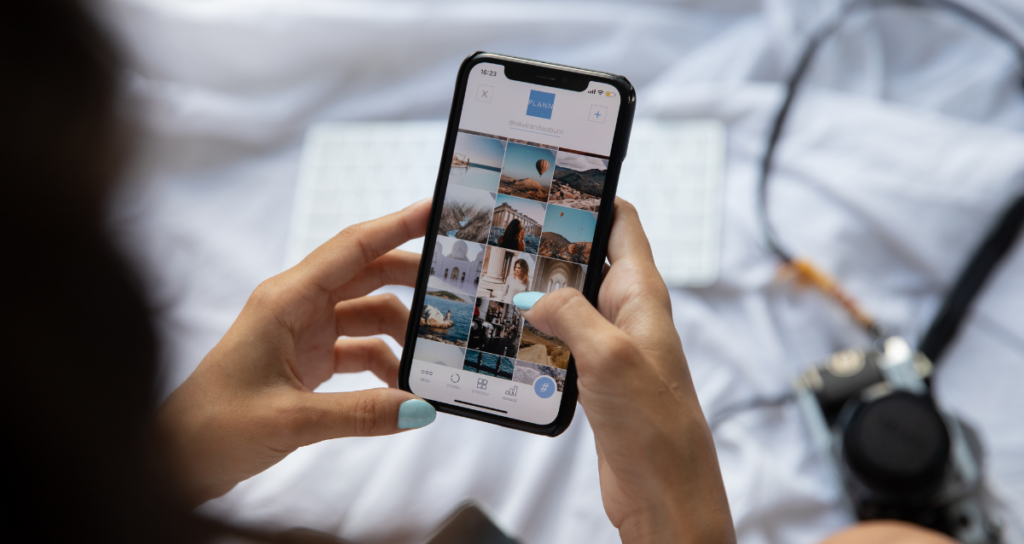In the illustrious realm of luxury fashion, few names evoke as much reverence and admiration as Hermès. This iconic French brand, founded in 1837 by Thierry Hermès, has become synonymous with elegance, craftsmanship, and timeless style. Over the years, Hermès has not only maintained its aura of exclusivity but has also experienced exponential growth, with shares trading at a staggering €2000 per share in May 2023, signifying a remarkable journey from the humble beginnings of €5.95 per share in February 1993. This extraordinary success can be attributed, in large part, to Hermès’ unwavering commitment to a singular strategy for its leather goods, a strategy that upholds the value and desirability of its product line.
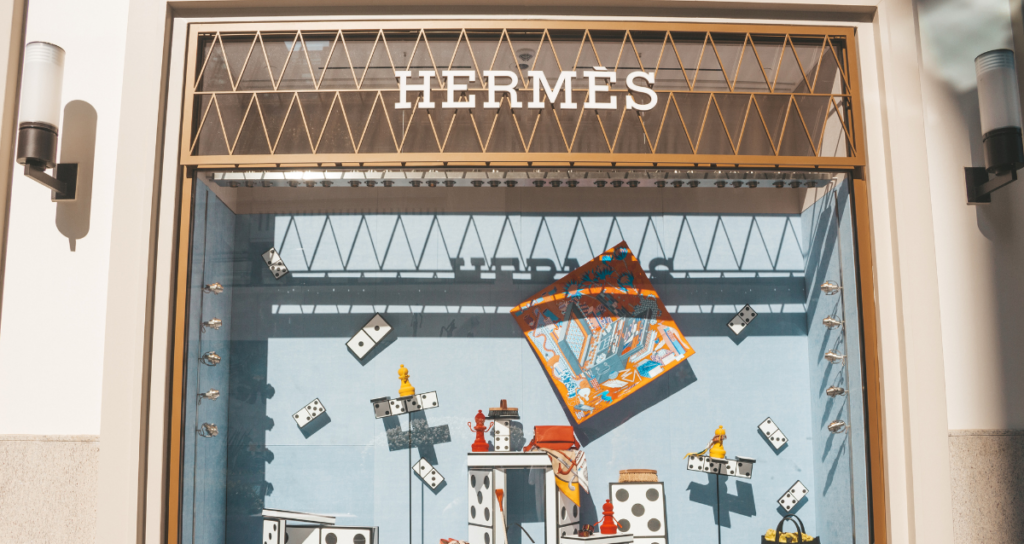
Quality and Scarcity: The Cornerstones of Hermès’ Success
A Timeless Commitment to Excellence
From the very beginning, Hermès has bet on quality and exclusivity as the linchpins of its leather goods strategy. This profound commitment to craftsmanship and uncompromising quality standards has not only established Hermès as a benchmark for luxury but has also created an aura of trust around its products. The brand’s unwavering focus on delivering leather goods of unparalleled quality has set it apart in a market where compromise can often dilute a brand’s essence.
Flagship Styles: Birkin and Kelly
Hermès’ leather goods strategy is anchored in iconic flagship styles, notably the Birkin and Kelly bags. These timeless creations have become synonymous with luxury and are coveted by fashion connoisseurs worldwide. By nurturing these flagship styles and maintaining their exclusivity, Hermès has harnessed the power of scarcity, making them objects of desire that transcend seasons and trends.
The Willful Abandonment of Mass Appeal
The Luxury Wave: A Different Path
In an era where some luxury brands have sought to broaden their appeal by introducing more affordable product lines or replacing craftsmanship with mass production, Hermès has remained steadfast in its dedication to exclusivity. While it has undoubtedly shared in the waves of luxury growth alongside brands like Louis Vuitton, Dior, Gucci, and Chanel, it has deliberately refrained from diluting its brand image with cheaper-to-produce canvas lines or sacrificing artisanal craftsmanship in favour of automation.

Transforming Scarcity into Demand
The Paradox of Scarcity
Hermès’ remarkable strategy of scarcity has yielded a paradoxical outcome. Rather than frustrating potential customers, the brand’s scarcity of leather goods has acted as a catalyst for heightened demand. Despite increasing production of its coveted Birkin and Kelly bags, the actual demand continues to surge exponentially. The mystique of owning a Hermès bag has only grown stronger with each passing day, turning a scarcity strategy into an unparalleled marketing force.
The Silent Power of No Promotion
The Whispered Luxury
In an age of relentless advertising and marketing campaigns, Hermès stands as a unique exception. The brand has never actively promoted its leather goods. Instead, the narrative surrounding Hermès is shaped organically through the voices of its discerning customers. A stroll through the world of Hermès advertisements reveals a deliberate focus on the brand’s silk scarves and fragrances, with leather goods quietly occupying the echelons of exclusivity.
Decentralised Sales Management: Nurturing Personal Relationships
Empowering Store Managers and Sales Associates
Hermès’ approach to sales management is a departure from conventional luxury practices. The brand empowers store managers and sales associates with a remarkable degree of autonomy in determining how and to whom its leather goods are sold. This decentralised approach fosters personal relationships with clients and cultivates a sense of loyalty to the brand. It is a strategy that goes against the grain of centralised control commonly found in the luxury goods sector.

Future Risks and Challenges
The Resale Market Conundrum
As Hermès continues to thrive on scarcity, the burgeoning resale market presents a formidable challenge. The secondary market for Hermès products is thriving, with some items commanding prices far beyond their original retail value. This phenomenon poses a potential risk to the brand’s strategy of maintaining exclusivity, as it becomes increasingly accessible on the resale market.
The “Hermès Game” on Social Media
In the age of social media, consumers are finding innovative ways to navigate the challenges of acquiring prestigious Hermès leather goods. The rise of the “Hermès game” on platforms like Instagram and TikTok, where users share strategies to bypass traditional queues and secure coveted items, presents a new dynamic. While it may enhance accessibility, it also raises questions about the preservation of Hermès’ cherished exclusivity.
Hermès – A Paragon of Singular Strategy
In a world where diversification and mass appeal often dominate the luxury fashion landscape, Hermès stands as a paragon of the singular strategy. Its unwavering commitment to quality, exclusivity, and scarcity has propelled the brand to unprecedented heights. The Birkin and Kelly bags, once symbols of luxury, have transcended their status to become timeless icons of desire.
As Hermès continues to navigate the ever-evolving luxury market, it faces both opportunities and challenges. The allure of the resale market and the advent of creative strategies on social media underscore the brand’s enduring popularity. Yet, it is precisely Hermès’ ability to adapt while preserving its core values that will determine its continued success in an ever-changing luxury landscape.
In the saga of luxury brands, Hermès stands as a beacon of tradition and innovation, a testament to the enduring power of a singular strategy built on unwavering principles. Its journey serves as a reminder that, in the world of luxury, the pursuit of excellence and the art of exclusivity remains timeless and invaluable.




